I recently had the unfortunate pleasure of cleaning out my grandparents’ estate after my grandmother passed away. Her house was fairly large and full of furniture. The basement was packed with 4,000+ vinyl records, hundreds of books, and thousands of cassette and VHS tapes. Additionally, old canned food in the cellar and 50+ gallon jugs of water had to be moved upstairs to be discarded. My grandpa and grandma were definitely prepared!
Why do I CrossFit? Because during this three day event, I packed more boxes, moved more heavy objects, and worked myself ragged with only minimal breaks for bathroom use and re-fueling without much complaint. CrossFit has helped me to develop more strength, endurance, and agility than I have had since being a kid! Frankly, I’m more fit now than any other time in my life. (In addition to CrossFit, I still enjoy running a couple of times a week to insure that my long run endurance maintains a good base.)
Not only has CrossFit prepared me with the strength to complete the tasks necessary at my grandparents’ estate sale, but in my experience, CrossFit:
- Develops my strength and endurance to perform extended periods of yard work in the heat
- Hones the skills needed to compete in obstacle course races (OCR)
- Improves my endurance running
- Prepares me to roll with my jujitsu buddies and not “cardio” tap
- Improves my hiking
- Empowers me because I can physically perform any task that I choose to perform
- Reduces my risk of developing chronic diseases such as heart disease, diabetes, and Alzheimer’s disease
Although the training methods used in CrossFit help to improve strength, endurance, balance, agility, and over all fitness, they are also designed to challenge mental fortitude. Learning to set and push through mini goals is a fundamental skill in life. With every WOD (work out of the day), I strengthen this skill set.
- Constantly varied functional movements performed at relatively high intensity. CrossFit incorporates a combination of weightlifting, general fitness and boot camp activities, and an endless amount of activities and exercises to constantly challenge the body in a new way.
- High Intensity Training (HIT) or High Intensity Interval Training (HIIT) involves performing short bursts (ranging from 30-60 seconds at a time) of activity followed by a 1-2 minute recovery. The 30-60 seconds should be at a high intensity, meaning that your rate of perceived exertion (RPE) is high and you’re breathing heavy.
- Weight Training. CrossFit has made lifting heavy weights cool again. After spending time in a CrossFit box (gym), participants will quickly realize the need to focus on strength in order to improve on the WODs (work out of the day). Weight training becomes an integral part of the weekly training. The benefits of weight training are long established, but to steal a quote from Mark Rippetoe, “Stronger people are harder to kill than weak people and more useful in general.”
- Community. CrossFit has done an amazing job in creating a community of people who desire to improve fitness and maintain the ability to perform physical tasks. The type of people who attend certain gyms will vary, so spend time finding the right community for you.
Why do I CrossFit? CrossFit is an integral part of my training and development. As a physical therapist, I take pride in my profession as I help others accomplish his/her mobility goals. CrossFit roots me in a physical and mental state that allows me to practice what I preach and accomplish my mobility goals whether it’s a hard day of work in the yard or moving 40 boxes of vinyl records out of a basement. Is CrossFit for everyone? No, not really as it is a very intense form of exercise and training. Can we learn something from CrossFit to make our training, health, and fitness more successful? Yes, most definitely!
Do you CrossFit? Why or why not? Please leave your comments below.
If you have a question that you would like featured in an upcoming blog post, please comment below or submit your question to contact@thePhysicalTherapyAdvisor.com. Be sure to join our growing community on Facebook by liking The Physical Therapy Advisor!



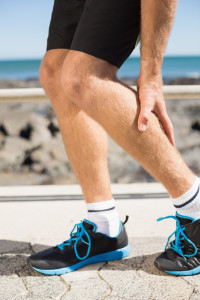
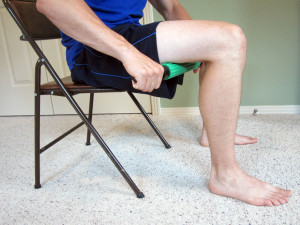
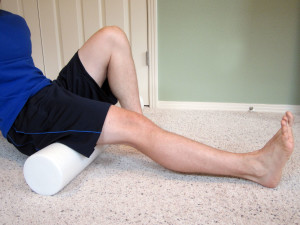
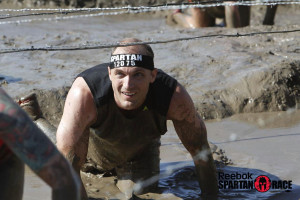

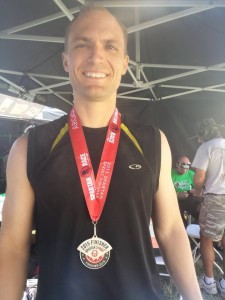
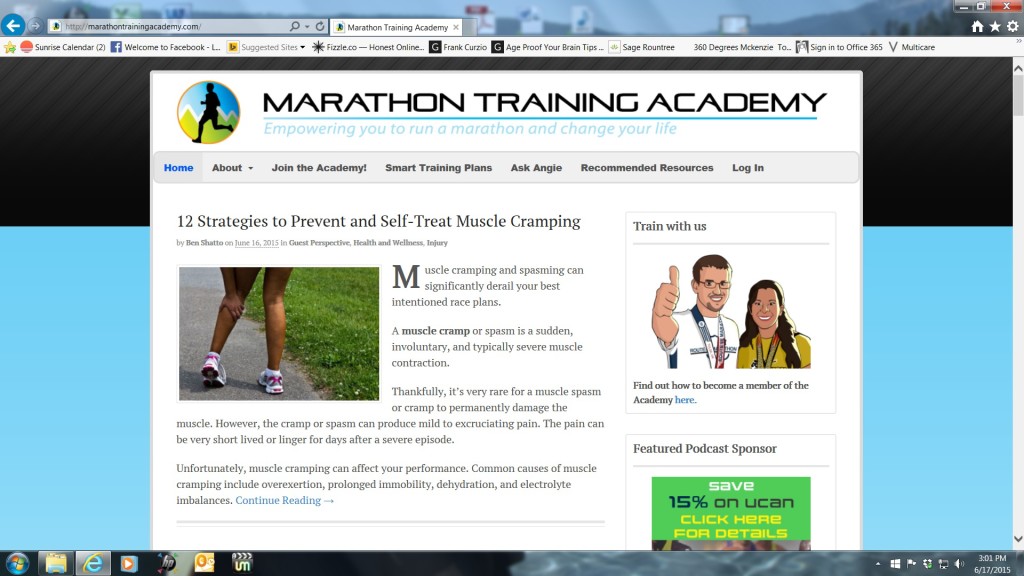
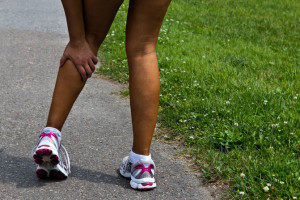
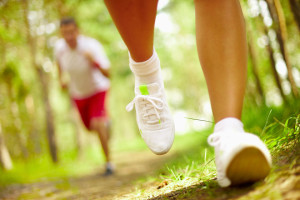
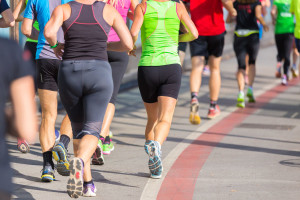
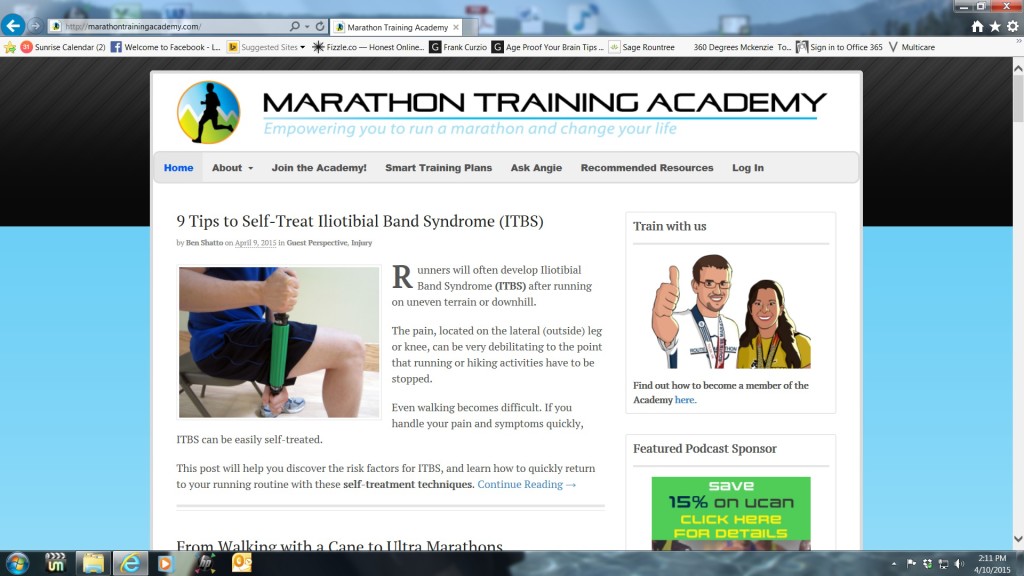
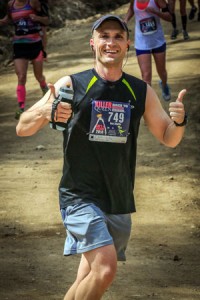

In this guest post for Marathon Training Academy, you will discover the risk factors for low back pain (LBP) and learn how to implement prevention strategies during exercise in order to avoid episodes of LBP.